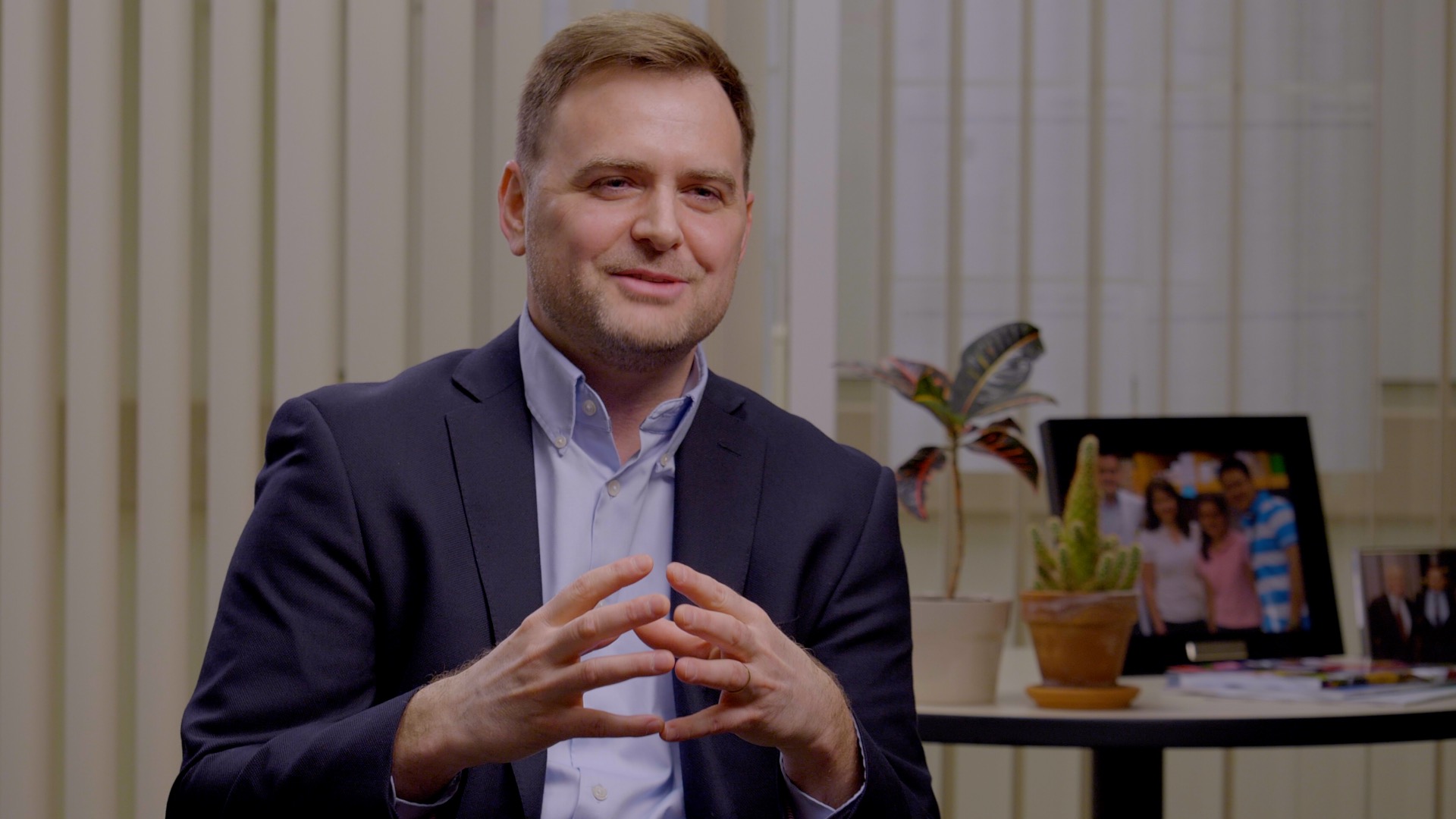
You’re going to hear about a part of your body that, really, goes unnoticed in type 1 diabetes (T1D): blood vessels.
But blood vessels are everywhere. From your eye to your lungs to even your pancreas. And they’re really, really important.
Do you know that these vessels transport blood cells, nutrients and oxygen to all of the tissues in the body? They also take away waste and carbon dioxide. Blood vessels are needed to sustain life, because all of the body’s tissues rely on their function.
So why are we talking about blood vessels in a T1D space?
Because for beta cell replacement therapies, in which islets are implanted in the body, you need to have blood vessels in the islet connecting to the blood vessels in the host. It’s not an easy task.
Needed in Almost Every Application
But that’s where Juan Melero-Martin, Ph.D., comes in. He’s an associate professor at Boston Children’s Hospital, and he lives for blood vessels.
“The moment you start working in the field,” says Melero-Martin, “you realize that blood vessels are everywhere, and blood vessels are going to be needed in almost every application.”
His goal: to make blood vessels that can support these tissues, wherever they are, including pancreatic beta cells.
“Our hope is that, when the time comes to translate these therapies in which stem cell-derived beta cells are going to be transplanted into people,” says Melero-Martin, “our blood vessels are going to facilitate the survival of these beta cells into these people.”
Find out from his video why making blood vessels is both difficult and, possibly in the end, rewarding.
Breakthrough T1D’s funding enables promising scientists, like Juan, to focus their talent, ambition and passion on improving life with T1D. Learn more about the researchers we fund, and learn how you can support their work to prevent, treat and—one day—find cures for T1D.